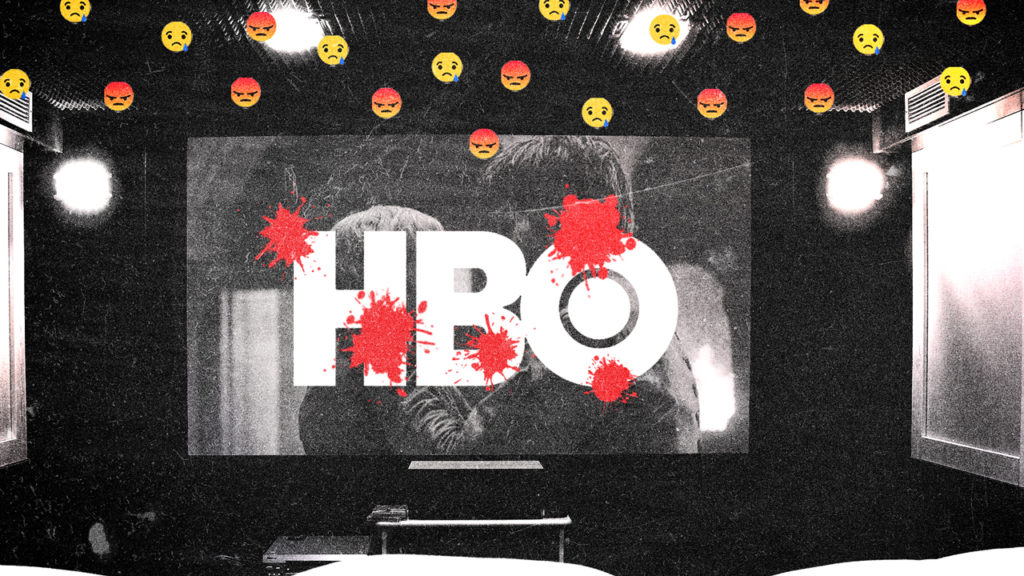A new survey conducted by Mintel shows HBO Now subscribers are more likely cancel their service if a specific program ended compared to all other OTTs—20 percent compared to 10 percent, respectively. This could spell bad news in light of HBO’s Game of Thrones concluding soon.
In an interview with Buddy Lo, Mintel’s senior technology and consumer electronics analyst, he tells us that the problem could come down to a combination of price and number of OTTs subscribed per household.
“It isn’t until the consumers get that fourth subscription service that we really see a spike in HBO Now participation. That’s why we think that HBO Now could be potentially vulnerable.”
Can you explain an overview of the research?
The consumer data that we published in the press release is based on 2000 US consumers. The researchers fielded the survey last month [in] April 2019. The [full] report is going to publish next month and it is about digital video.
We were able to isolate HBO Now subscribers [based on questioning] and after that we also used a series of behavioral statements, like “I would cancel a service if a specific show was canceled or specific show or program was canceled or ended.” We found that consumers who use HBO Now are almost twice as likely to agree with that statement than all of the general streaming OTT streaming service users.
We’ve seen viewers slowly over the past two years add one or two more OTT services. Does the data demonstrate that consumers have hit a wall?
We also asked consumers about the optimal price point that they would pay for their ideal streaming service. W
When we think about how much HBO costs, which is $14.99, Netflix can range from I believe $8.99 upwards to $13.99, depending on the tier that you get. Hulu is a bit more affordable at $5.99.
Our data shows that consumers only have a limited type of budget and that three-quarters of streamers use two [OTTs] or more. We see that for HBO [subscribers], participation doesn’t really kick in until consumers have four or more subscriptions services. [The data] tells us that consumers’ first option is usually Netflix and the second or third option is Amazon or Hulu.
But, it isn’t until the consumers get the fourth subscription service that we really see a spike in HBO Now participation. That’s why we think that HBO Now could be potentially vulnerable. I want to specify that this is about streaming services only, it’s not necessarily related to cable or satellite subscriptions because those can tend to be stickier. They can have cancellation fees so consumer behavior is a little less fluid within those segments.
Is chord cutting affecting this loss at all?
I think, if anything, cord-cutting would shift more consumers to using the HBO Now platform rather than bundling everything with a cable or satellite provider. Cord-cutting gives consumers more flexibility in terms of how they choose their entertainment package. If [a consumer] wanted to go with Netflix all [they] need when [they] cut the cord is an internet connection. From there [they] can choose whether or not I want Hulu, Amazon, HBO Now, Starz, YouTube TV, etc…
What OTTs could stand to capitalize?
I think a big one would definitely be the upcoming services like Disney+ or Apple TV+. They might be able to take advantage of this void in entertainment before HBO can ramp up their spin-offs and create buzz around other content. It’s a good opportunity for any of the smaller brands to come in at a lower price point and exciting new content.

